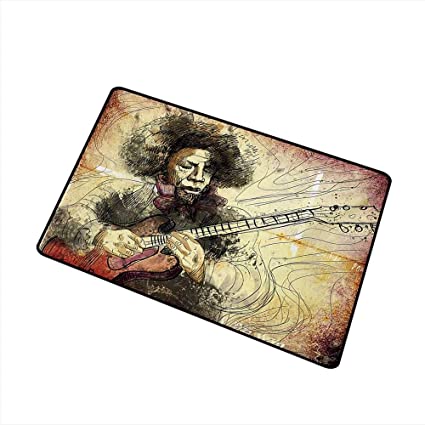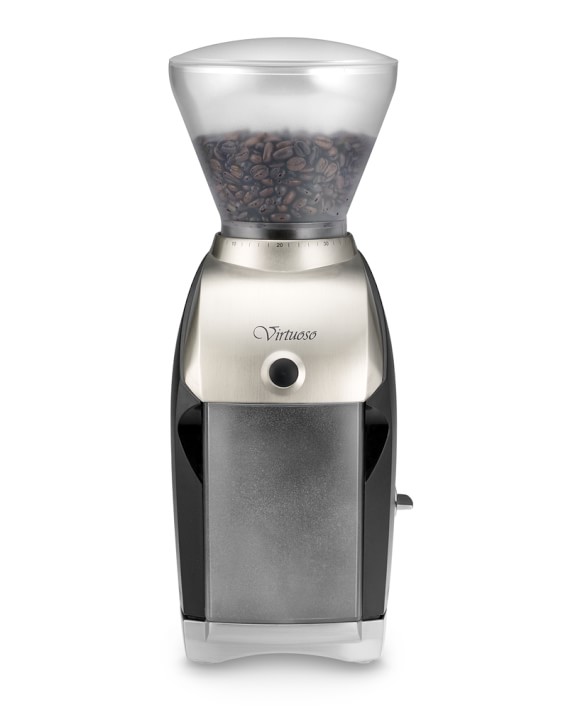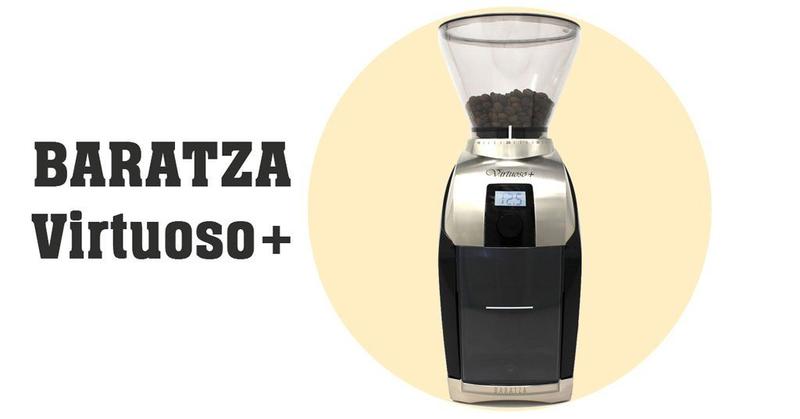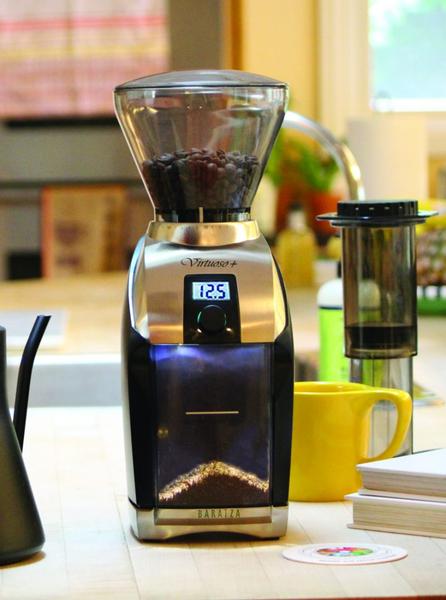A general picture that comes to mind when we think of “cleaning” is a feather duster. This is often the case in the 1950s, when a beautiful woman dutifully dusted the shelves while preparing dinner for her family. While this image is retro in style, the need for regular household dusting still exists. Dust not only contributes to the appearance of your home, but can also cause health problems.
The thin layer of dust that builds up on floors and furniture can change color, making them dull and unattractive. Dusty photos look dark and trophies lose their shine. Dusty areas can be a pain for allergy sufferers and asthmatics. To address these excessive dust problems, it is important to know the areas of the home where dust can accumulate and tips on how to keep them dust-free. Here is a short list of these areas to start your dust-free journey today. Let’s dust!
Floors.
Dusty floors, especially those made of colorful wood, can be painfully noticeable. We pay a lot of money for our flooring, so it’s in our best interest to keep it as beautiful as possible. Dust collects under furniture or in corners, and the color contrast between these areas and clean walkways is unsightly. Be sure to use a broom or vacuum cleaner regularly to remove dust from the floors of your home.
Carpets are an important storage system for dust in the homemore than other forms of flooring. If your home has carpets, be especially careful to clean them frequently. Using doormats at the entrances can also reduce the amount of dust that gets into the house, and therefore the amount of dust that builds up on your floors.
Shelves.
Shelves are relatively low-traffic areas, making them susceptible to dust. Use a damp cloth to remove dust from shelves, photos, and any frills. This will pop the special items on your shelves and improve the overall look of your home.
In these situations it is important to avoid feather duster. While they seem like the classic weapon against dust, they’re not as effective as you might think. Dusters are notorious for pushing dust around instead of removing it. Throw away your feather duster and use a damp cloth instead. There may already be a few lying around so give them a try and see the difference.
Bed linen.
We spend a significant part of our lives in bed and therefore dust can easily accumulate in our beds. Dust attracts house dust mites, which can release allergens that affect people with asthma or allergies. If you change your bedding weekly, the number of mites in your bedding is reduced and the allergens are reduced to a minimum.
Air conditioning.
Dusty air conditioning and central heating systems can blow dust all over your home without you even realizing it. Duct heating systems can also increase the humidity in your homeThis leads to an increase in mold or dust mites. Periodically clean your air vents to keep dust out of your home. Pay attention to mold formation and follow the previous steps to reduce house dust mites.
So there we have it, a short guide to it maintain a dust-free home. Dusting will continue to be an important part of household cleaning, even if the tool of your choice has become superfluous. Follow the steps above and you will have a dust-free home in no time. Good luck!
 TopsDecor.com Home Decor Ideas
TopsDecor.com Home Decor Ideas







